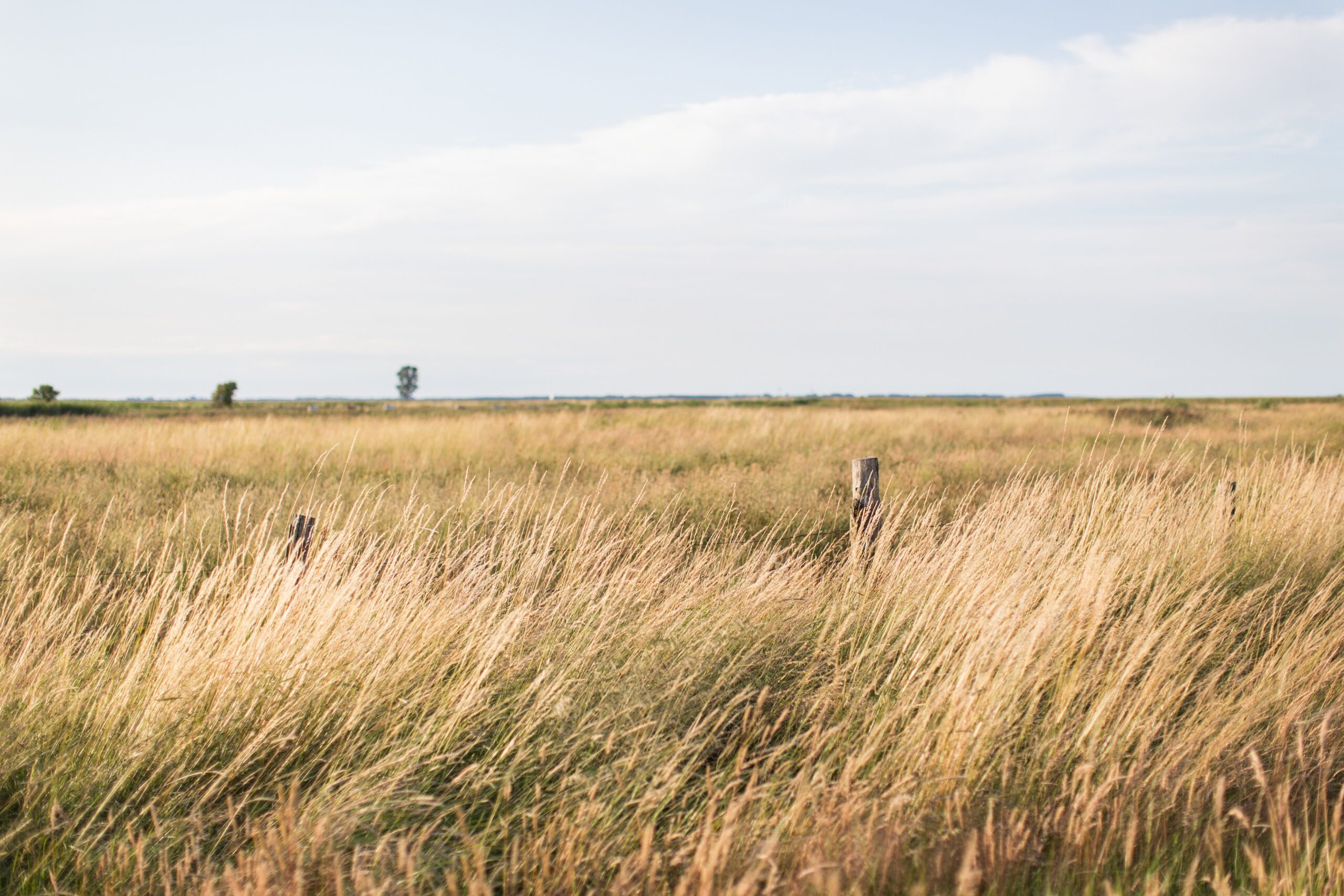The headlining culprit in climate change warnings is the collection of greenhouse gases entering the atmosphere that come from burning fossil fuels. You might be surprised, then, to learn that agriculture’s effect on the health of the Earth’s safety blanket is nearly as large as that of greenhouse gases.
Clearing forests for farmland, tilling fields, raising livestock and spraying herbicides and pesticides—all of these practices contribute to the rising CO2 levels in the air. Now, new studies have started to point to compost as a tool for improving farming practices and reducing agriculture’s effects on the environment.
Photosynthesis is the basis of agriculture and all of the plant life on Earth. Through this process, plants pull carbon from the atmosphere, combine it with hydrogen atoms from water and create energy, releasing oxygen as a byproduct. This elementary-school concept—plants subtract carbon from the air and add oxygen—created the human-friendly atmosphere that we breathe and grows the food supply for every herbivore and omnivore on the planet. But the focus of some scientists is shifting from the way plants remove carbon from the air to how they store it.
While governments around the world struggle to regulate the creation of new greenhouse gases, researchers and farmers hope to bury the carbon that already exists deep in the ground. The pedosphere is the layer of soil on top of the Earth’s crust. Soil naturally absorbs carbon through the roots of plants but popular farming practices reduce its ability to do this by removing naturally occurring species of grasses and altering the state of the soil. The question arising is: can a change in farming techniques to focus on soil health help soil store more carbon and store it longer?
The destruction of forests and wetlands (for farmland and livestock) and the careless use of soil has released 135 billion metric tons of carbon into the atmosphere since the beginning of the industrial revolution. The future extraction of carbon from the atmosphere will be expensive and difficult. Keeping carbon in the soil instead of letting it escape into the air is an immediate solution to the greenhouse problem.
Compost might be the key to doing this.
The New York Times Magazine recently profiled two farmers who are helping to spearhead the practice and offer their ranch to researchers. Peggy Rathmann and John Wick grow 2,000+ acres of crops on their ranch in Marin County, California. Originally, Wick worked to keep out the neighbor’s cows who had been eating his grass. But soon, the land and plant life where they’d formerly grazed suffered and smothered itself. He brought back cows—but this time with supplies to keep them on his land—and, by the end of their spring and summer on the ranch, the cows weighed, collectively, 50,000 pounds more than when they’d come. The symbiotic relationship between the cows and grass renewed, the plant life rebounded and the cows became healthier. This extremely positive result cannot be assumed to be typical at this early stage in the research but it is a telling example of the power of soil in agriculture and climate science.
Scientists, encouraged by this result, tested the carbon content of soil from a variety of places and uses. They found that the soil that best stored carbon was beneath dairy farms—even former ones—where the farmers sprayed manure onto the fields. Manure, however, releases gases such as methane and nitrous oxide, which are more powerful greenhouse gases than CO2. So the positive effects on the soil would be canceled out by the gases coming from the manure. The solution is compost.
Compost—which is, mostly, decayed organic matter—absorbs the nitrogen atoms into complex molecules, preventing them from escaping in gases. It turns out, treating soil with compost has benefits directly resulting from the added carbon.
Carbon farming is the term used to describe scientists’ efforts to better store carbon in the soil. Carbon farming could improve fertility, increase the soil’s water retention and make crops more resilient. There are financial benefits, too: by moving the focus away from herbicides, tilling and expensive, fortified seeds and toward the health of the soil, farmers can lower their costs of operation and increase profit on the same quantity of produce.
This monetary incentive is exactly what is necessary to incite real action on climate change. The world needs to place a price on the future damage of climate change and clearly lay out the savings that are possible by changing to greener habits to spur people to act. A report in Nature estimates the global cost to be $60 trillion. A solution that can help reduce that cost while increasing immediate profits for those involved (the farmers) seems like the perfect start.
It is still too early to know or predict the effectiveness of compost treatments on places outside of California. And the cows that are part of Wick’s and other farmers’ healthy-soil systems produce methane, a gas better kept out of the atmosphere. Nevertheless, this new focus on the power of photosynthesis to heal the atmosphere it created offers hope to a warming world.





